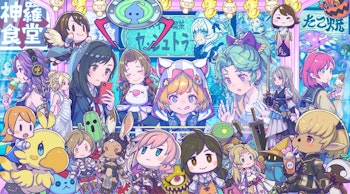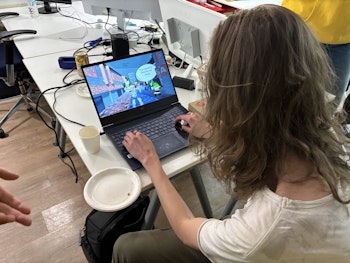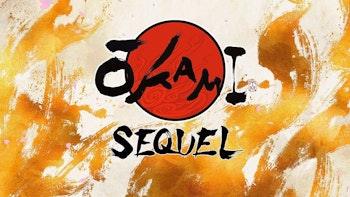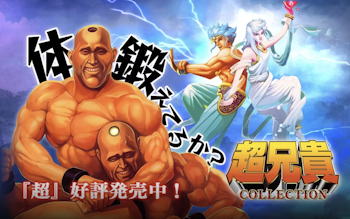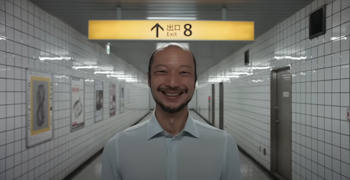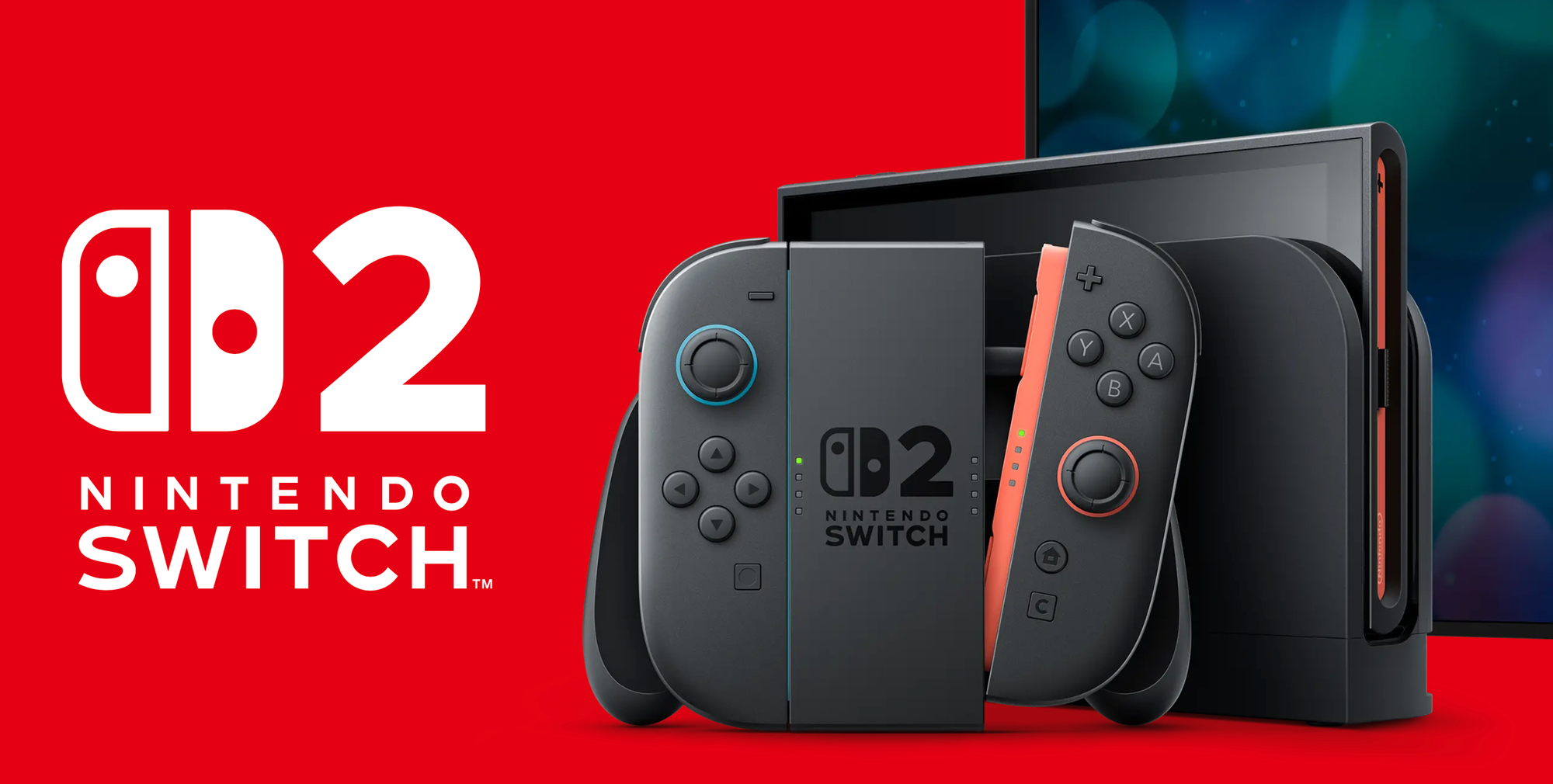
As Mario Kart World opened the karting franchise to frontiers beyond the racetrack and Donkey Kong Bananza gave us a glimpse at a new 3D platformer for the ape in place of a certain mustachioed mascot, the Nintendo Switch 2 Direct gave the world a glimpse into the future of the company and the broader gaming industry. This was a company with confidence and momentum thanks to the phenomenal cultural and financial success of a Switch era, one which redefined how people play games. If anything was disappointing, it was that there wasn’t much in the way of surprises, except in one key aspect: pricing, notably in Nintendo’s domestic market of Japan.
Whereas pricing for the Nintendo Switch 2 has settled at roughly $450 in regions across the globe, exclusively in Japan the system will be available in two variants. This consists of a Japanese language-only variant costing just ¥49,980 ($339 USD), with a multi-language model similar to what is seen elsewhere costing ¥20,000 more at ¥69,980 ($475 USD). Notably, while the Japanese-only console will be sold in stores nationwide and even receive a special bundle including Mario Kart World for a ¥4,000 premium, no similar bundle is available for a multi-language model that is also exclusive to Nintendo’s online store.
While not a return to region-locking, the domestic variant has a few notable drawbacks. According to their FAQ, digital and physical games bought outside Japan may function differently. International digital titles bought from another country’s eShop will not run at all on the system (a rule that likely extends to DLC), meanwhile physical titles will run ‘outside of the console’s warranty’, without clarity on what this entails. Many physical Switch titles include multiple languages on the cartridge, including first-party titles, with the language defaulting to the system language. While nothing is confirmed at this time, the difference in wording in wording likely means physical titles will run on the device, but only in Japanese.
This leaves open the question on what happens if the international version lacks Japanese language on the cartridge, nor is it clear what will happen if a game needs an update when unable to connect to international stores.
While at first it seems odd that only Japan has this two-tiered approach to pricing and hardware, it appears to be motivated by a few key factors, most notably international scalpers. Once the original Switch became an in-demand item during the COVID-19 pandemic, the cheaper pricing of the device in the country led to some people scooping up units to sell internationally for profit. While shortages were apparent nationwide, the weakness of the yen kept the price in Japan lower than other regions, exacerbating shortages for years longer than what was seen elsewhere.
A Japanese-language only model allows the company to lower the price while making it unattractive to foreigners seeking a cut-price system that they won’t understand. It doesn’t counter domestic scalping, but this is being tackled in other ways, with many stores selling units on a lottery system and Nintendo’s official store additionally requiring a cumulative year of Nintendo Switch Online prior to February 28th and an active subscription alongside over 50 hours of gameplay on original Switch titles.
Japan is by far the company’s strongest region, accounting for 20% of the console’s staggering 155 million global sales, with the console enjoying domination of the domestic market in terms of software sales also. It’s a success story that’s aided the company’s expansion into film, museums and theme parks. Ensuring domestic players aren’t priced out of the next system is key to maintaining this stranglehold on the industry, particularly in an era of intense change in the Japanese industry.
Nintendo’s dominance of the Japanese market obscures two major trends in Japanese gaming in recent years: the rise of Steam, and the decline of PlayStation. In the case of the latter, Sony’s closure of Japan Studio and reduction in Japanese development of first party titles marked the company’s shift to focusing on the American market, with key decisions over the direction of PlayStation falling to its US operations. Pricing for Japan was not adjusted for the economic situation in the region even amidst stagnant wages reducing Japanese spending power.

The result? A system that launched in 2020 for ¥54,978, the price has since risen to ¥79,980, with the PS5 Pro launching at a staggering ¥119,980. Considering the lower average wage in Japan compared to other countries (¥4,580,000 or $31,000 USD in 2022), this has priced many people out of the console ecosystem especially factoring the far lower price of the Nintendo Switch, particularly younger players.
In a 2023 survey by Shibuya109 Entertainment, 38.5% of Gen Z players used Nintendo Switch. Of the top five platforms for gaming, mobile topped the chart at 94.7% of players, then Switch, then PC, then tablets, with 12.2% playing the discontinued DS platform in 5th, suggesting more young people are playing games on that device than the newest Playstation.
Although Astro Bot has aided PlayStation in increasing awareness among young people, it remains an anomaly for many young players. Nintendo’s love with families in particular makes this a situation they would wish to avoid, especially when counter the growth of PC gaming and Steam. Devices like the Steam Deck and ROG Ally, alongside livestreaming and VTubers, have drawn more Japanese players to the platform, and the increased success of Japanese games on PC like Monster Hunter Wilds alongside international titles with strong Japanese player bases like Dead by Daylight have made the platform a serious, affordable alternative for many.
With many not needing a Nintendo Switch with more than Japanese as a language, a cheaper model gate kept from a global audience makes sense for most people living in Japan - but not everyone. What about those living in Japan who immigrated from abroad and want to play games in English, maybe have multi-lingual families, or don’t speak in Japanese? These people are still living in Japan and deal with the same economic conditions, but have to stump up extra cash for a device accessible to them.
Never mind the fact these people won’t be able to walk into a store and buy the console. Switch 2 consoles will be hard to come by in the opening weeks as-is, but it’s also likely that the multi-language model will be produced in far smaller quantities that everyone must fight for from a single storefront. A discriminatory policy against a minority of fans is far from ideal. It works for Nintendo, ensuring they can compete with Steam and mobile devices while avoiding the mistakes made by Sony and still earn a tidy profit, but who loses?
For some inside-baseball on the misinformed realities of being a journalist, most writers are not being hand-delivered new systems by Nintendo for free. Some will, for sure, but for many freelancers and journalists including myself, they will be forced to fight through the same pre-order processes to secure a device they need for their work. In my case, I’ll have to fight for one of the likely minuscule number of multi-lingual systems in order to do my job.
Even then, my own circumstances make the pricing situation bearable, if an annoyance. On the other hand, I know people who moved to Japan who earn average wages who now have to pay ¥20,000 more than anyone they know. I know Japanese friends with international partners who want both, Japanese developers who work globally and need access to global languages. They’re not scalpers, but they lose out
Two-tier pricing is the best of a bad situation and most likely the correct decision. It deals with scalpers, and ensures the company’s most passionate market can afford the system and avoid the mistakes of Sony. It’s popular, too. But that doesn’t mean there aren’t losers to this strategy.



